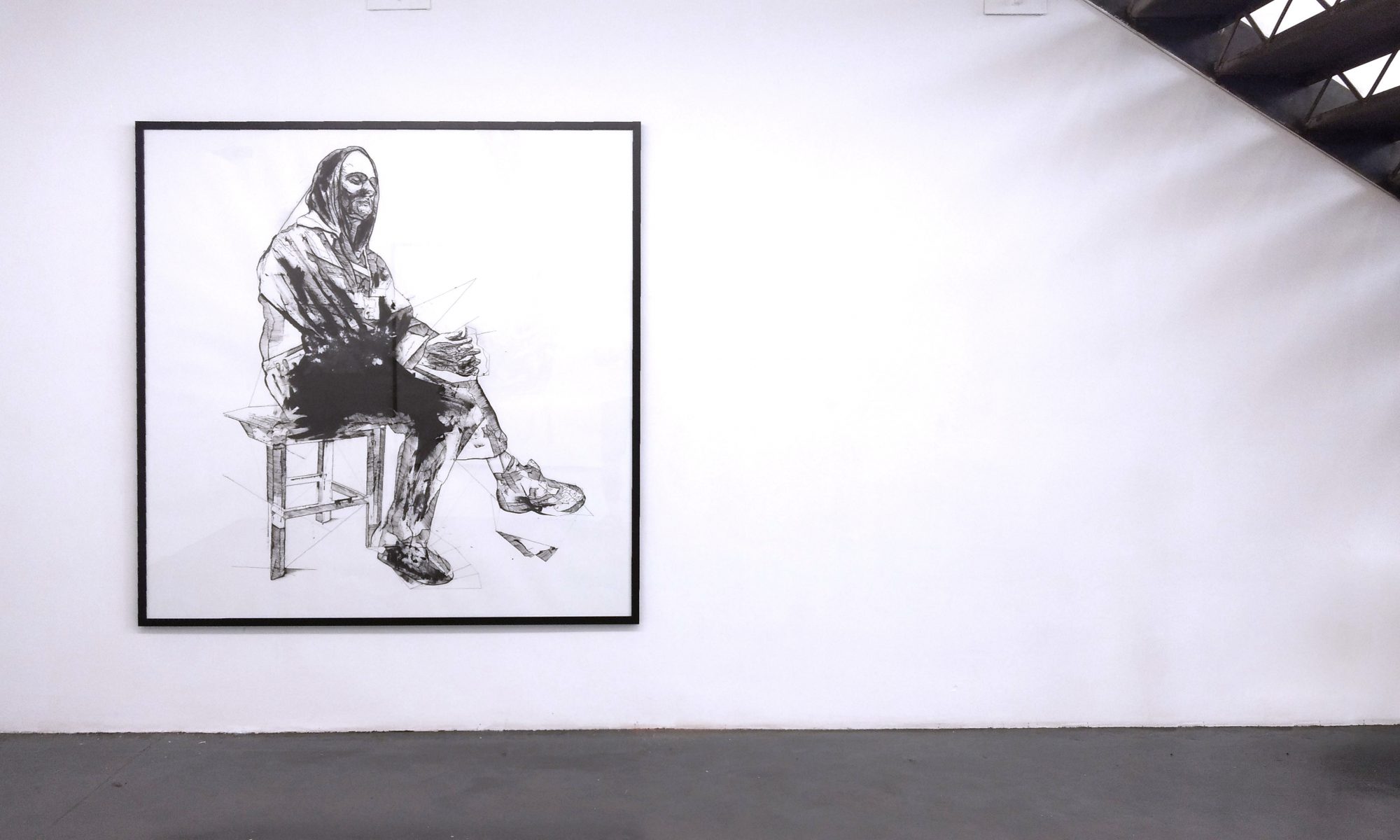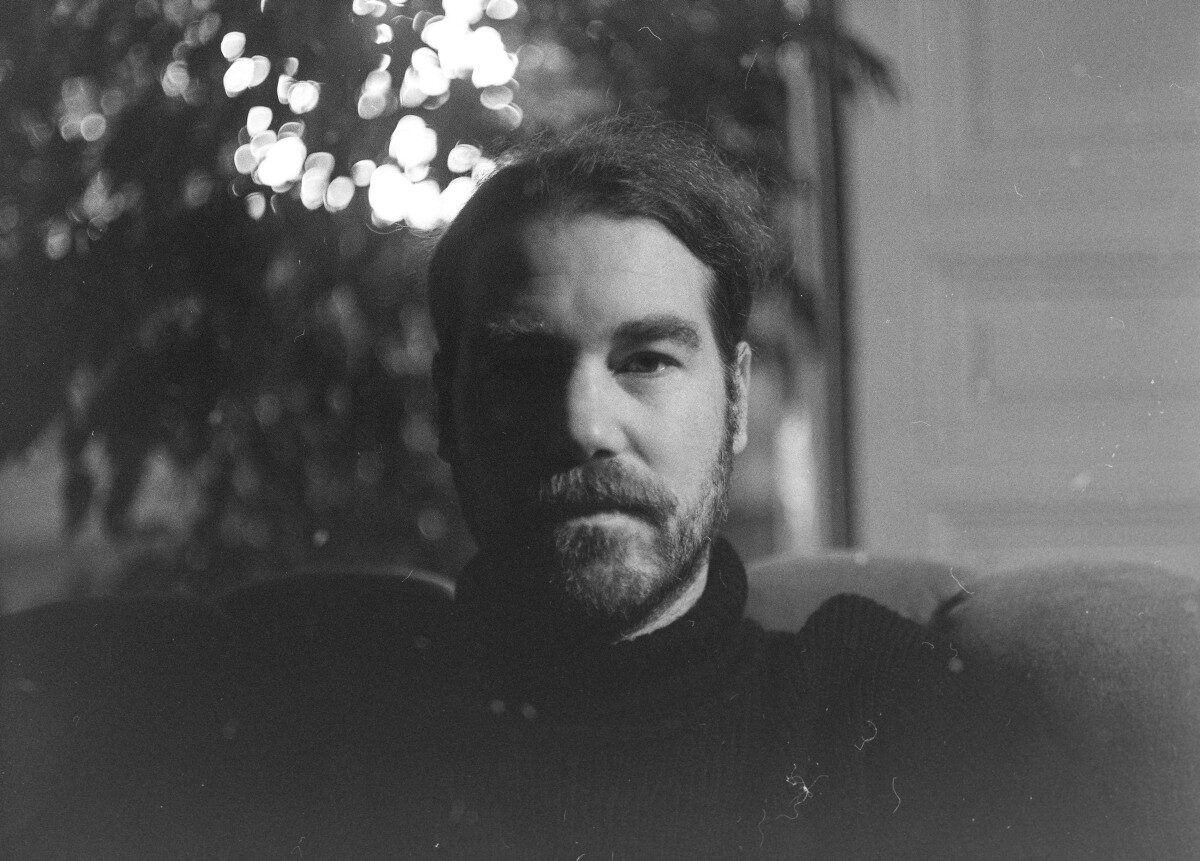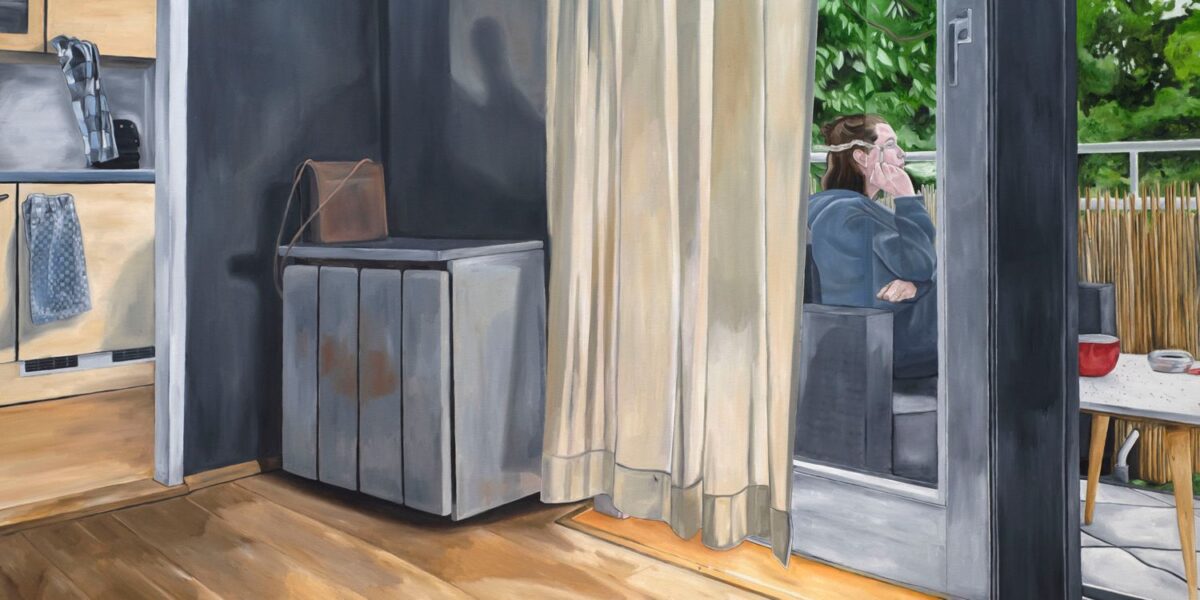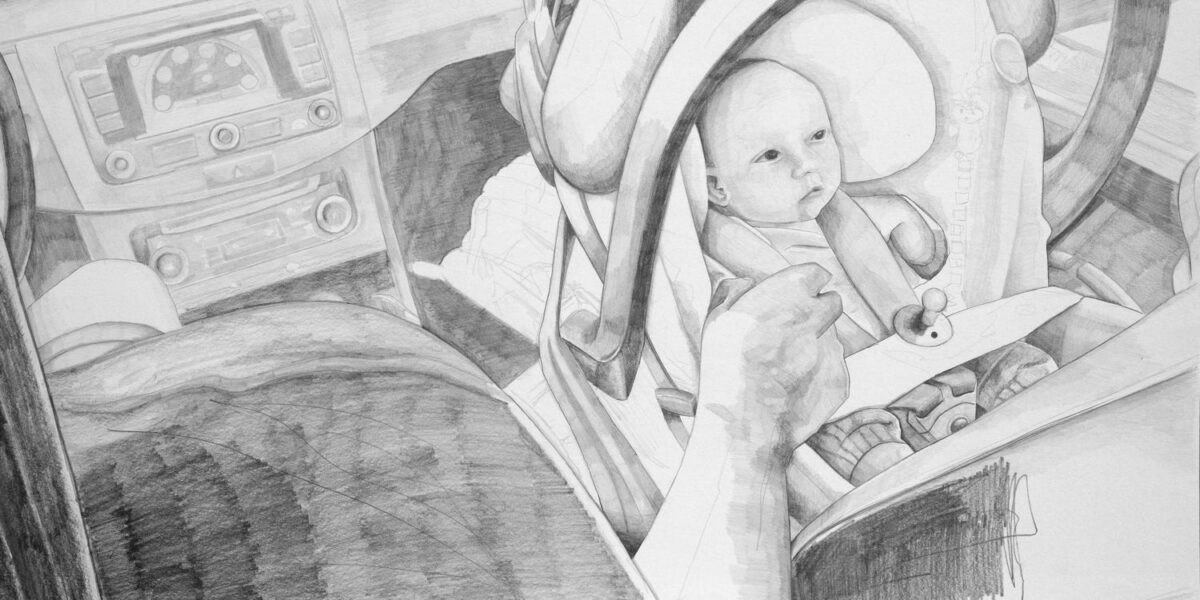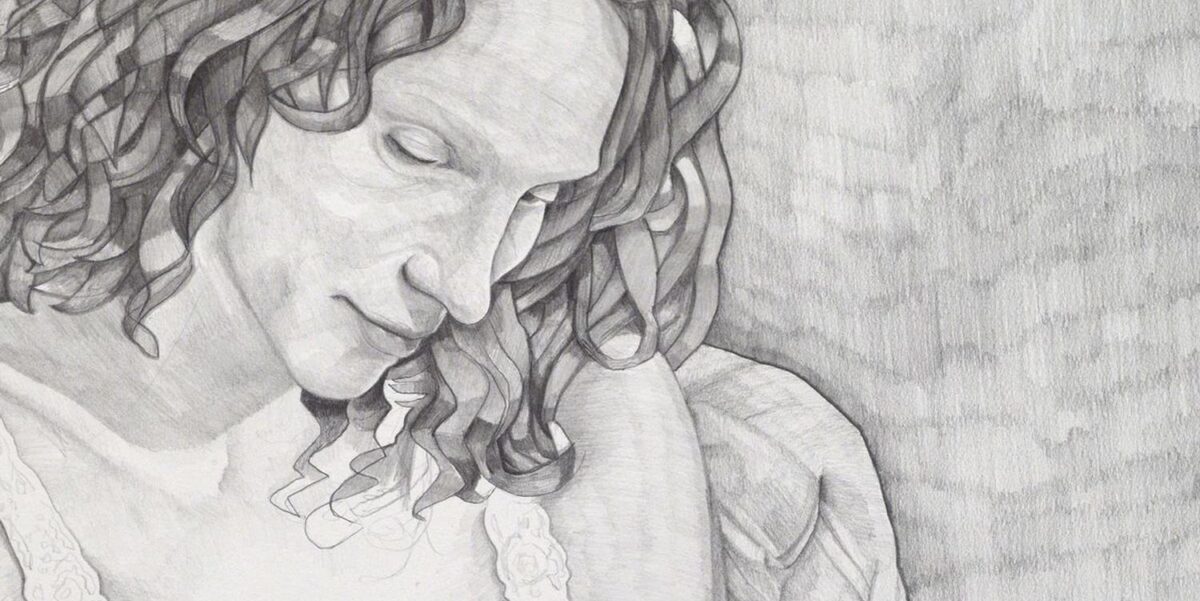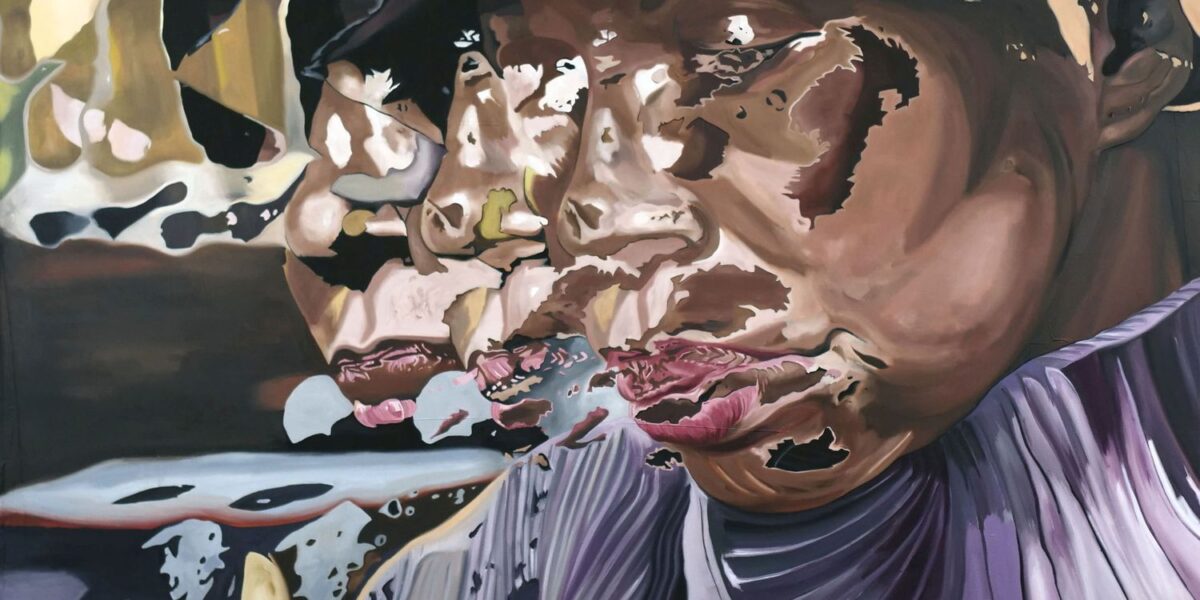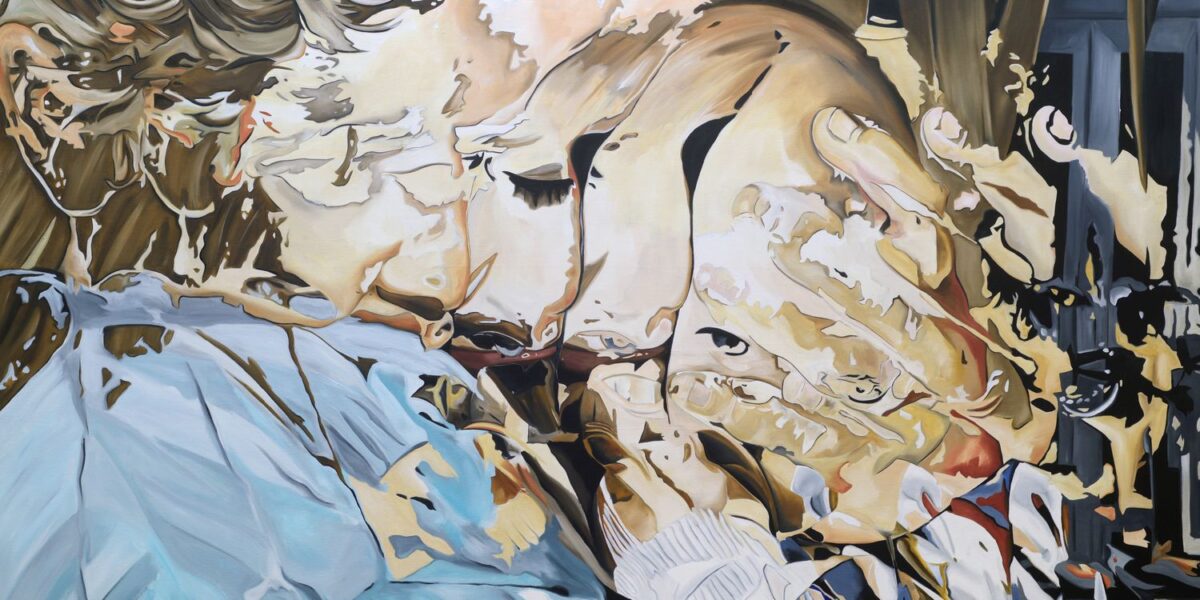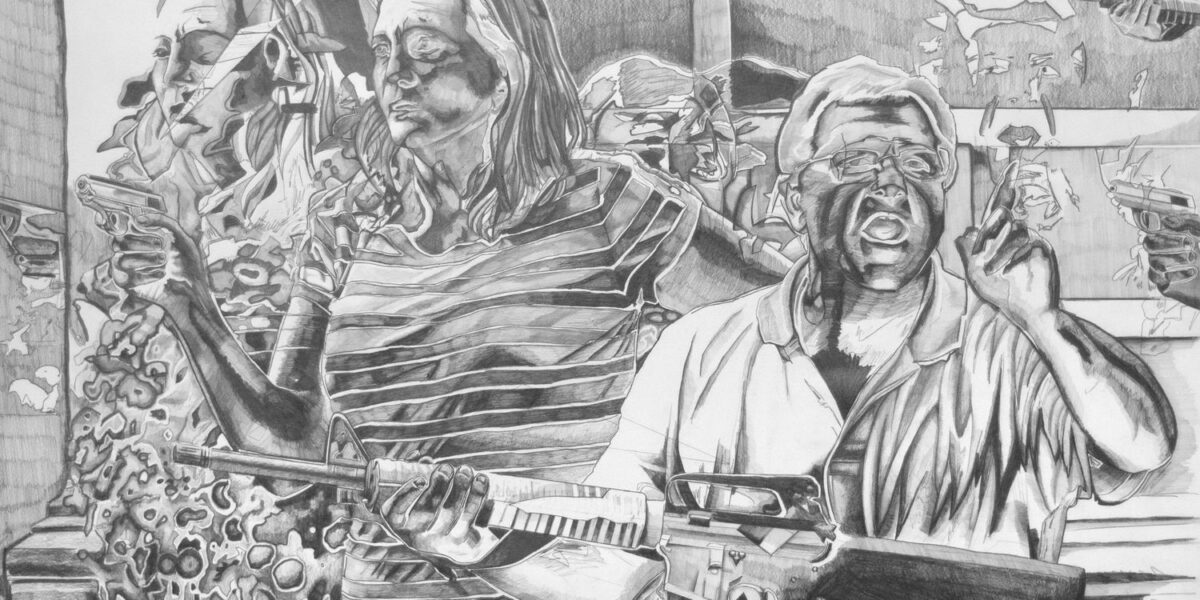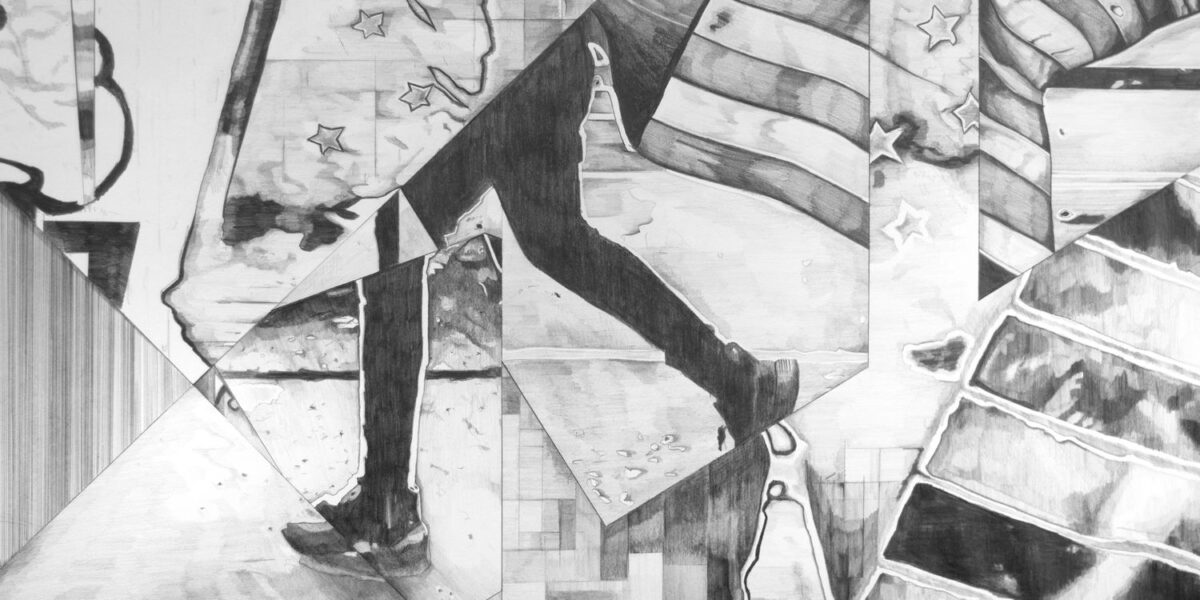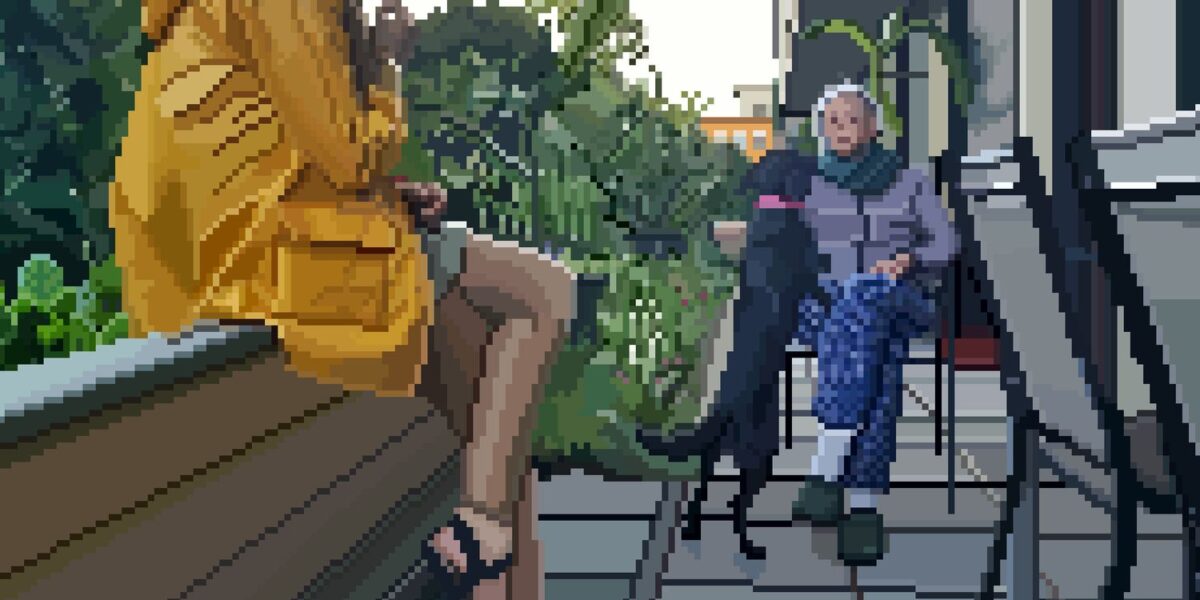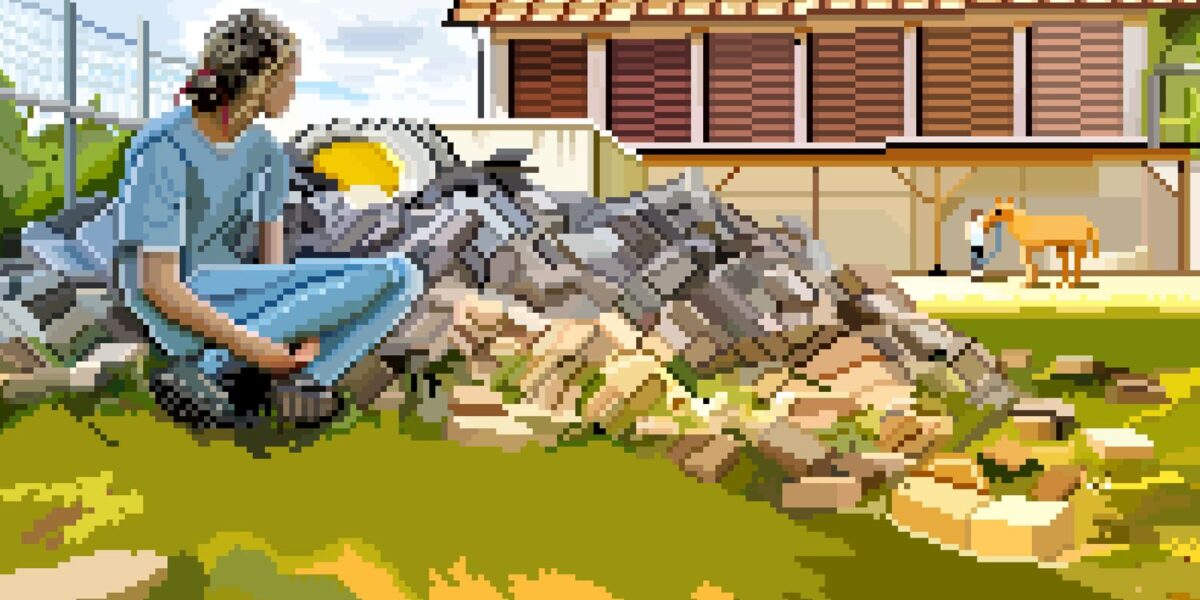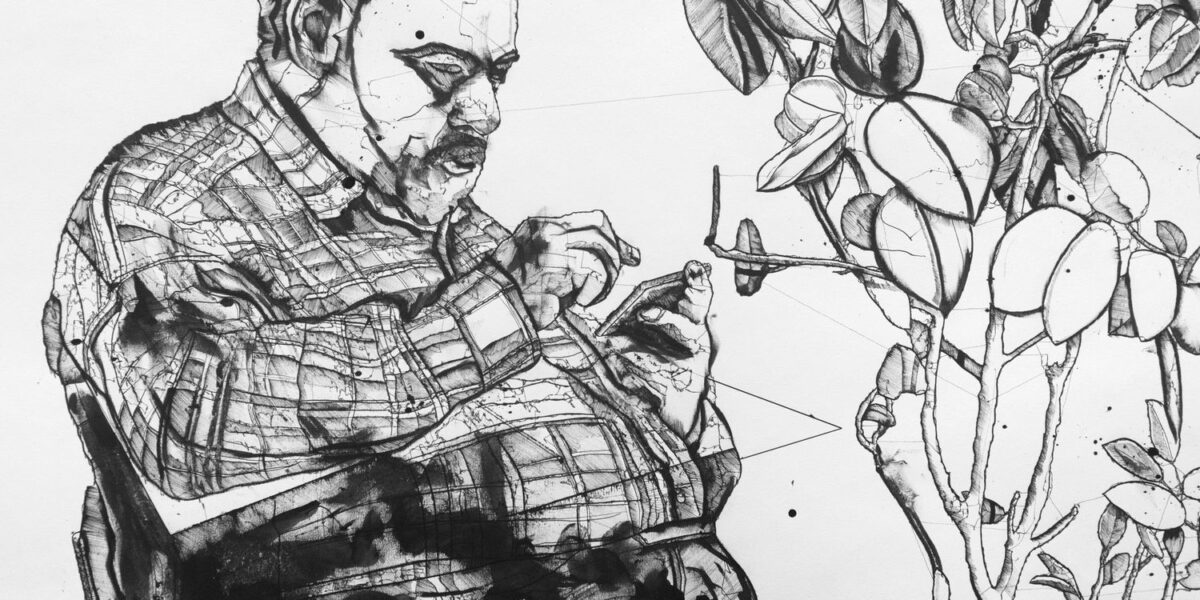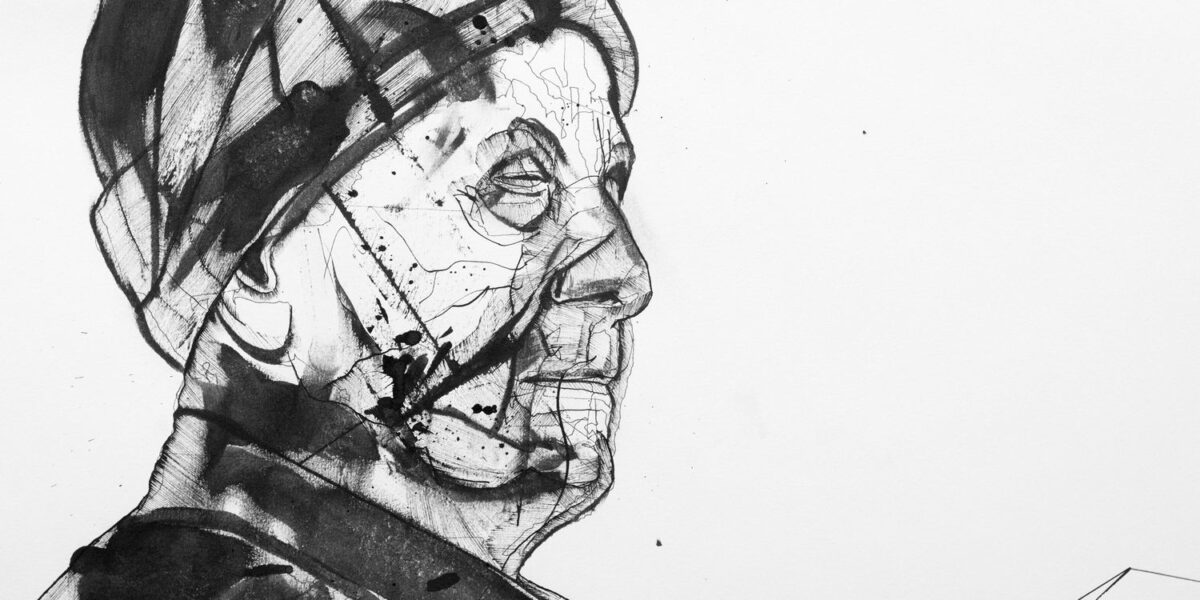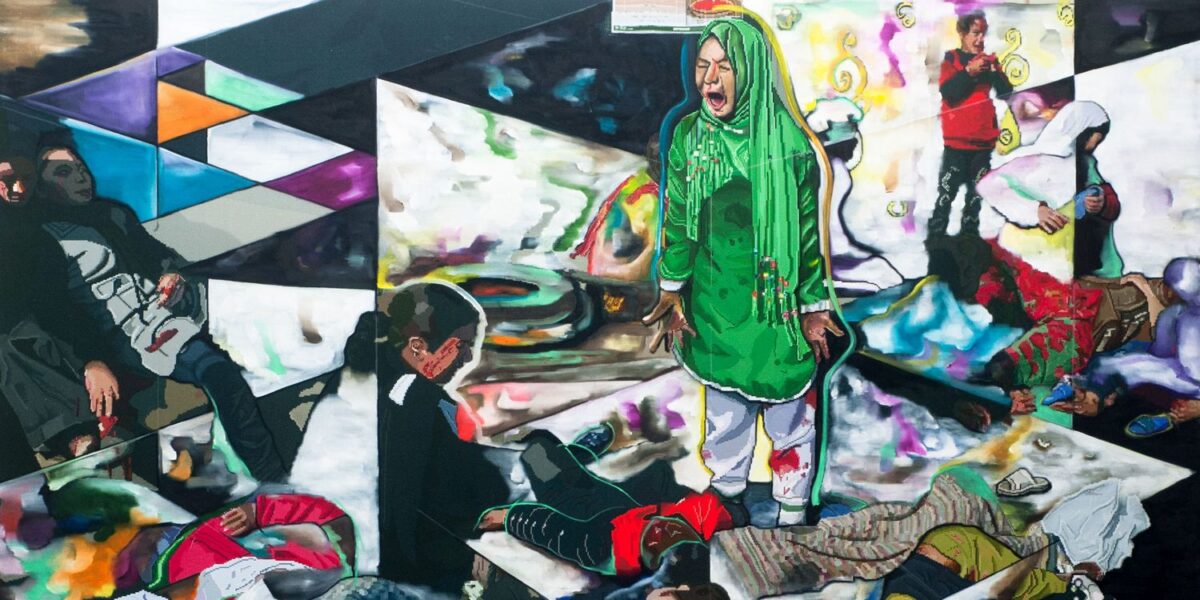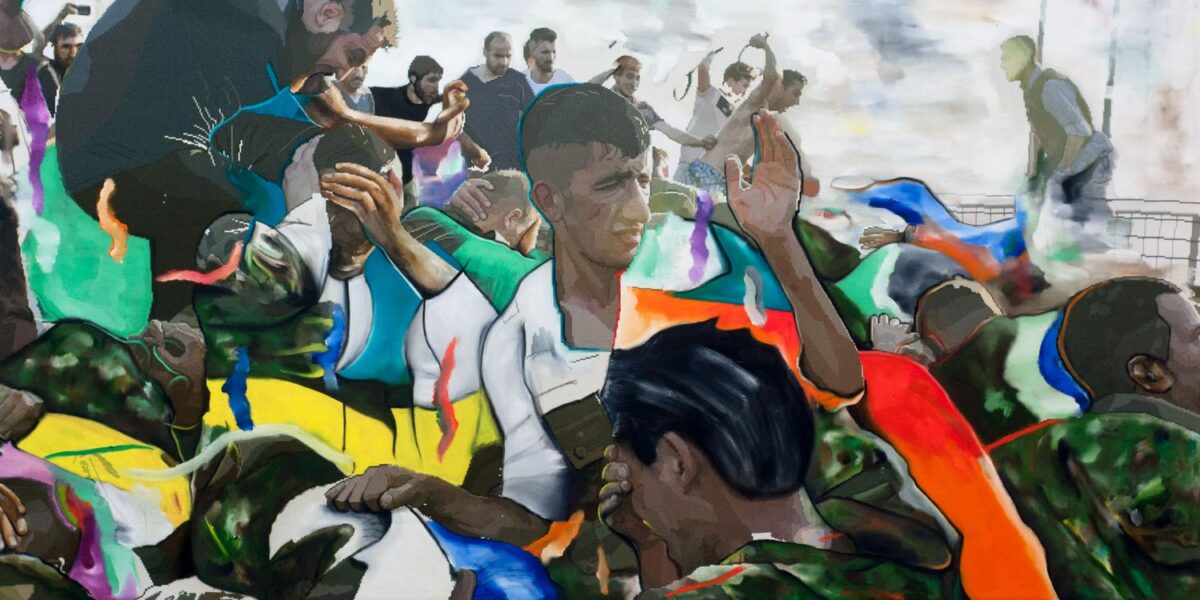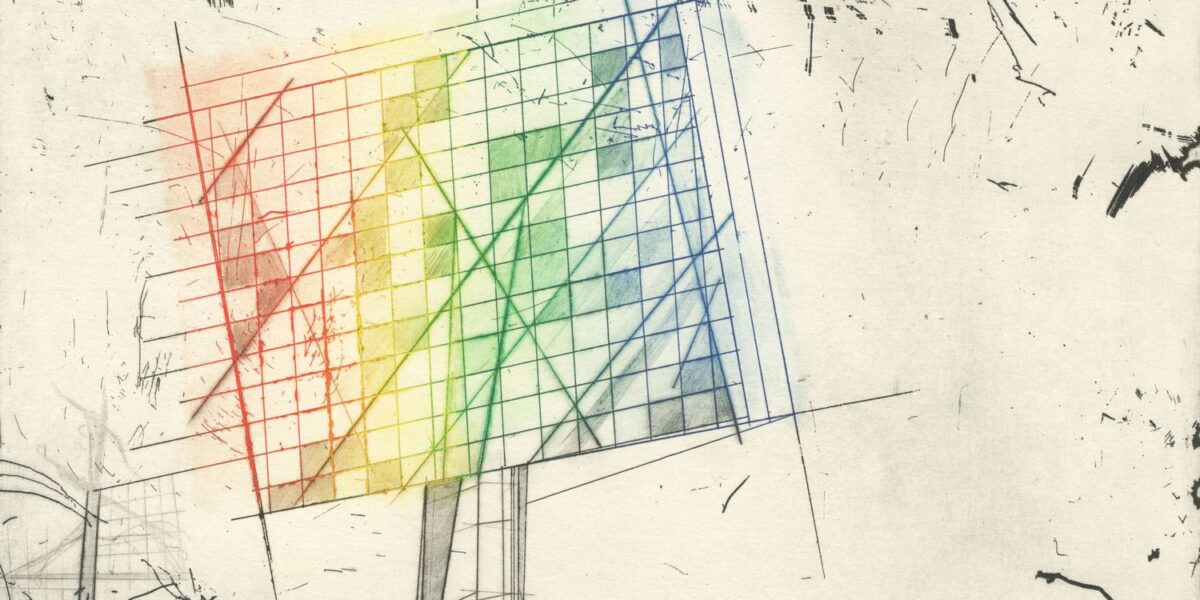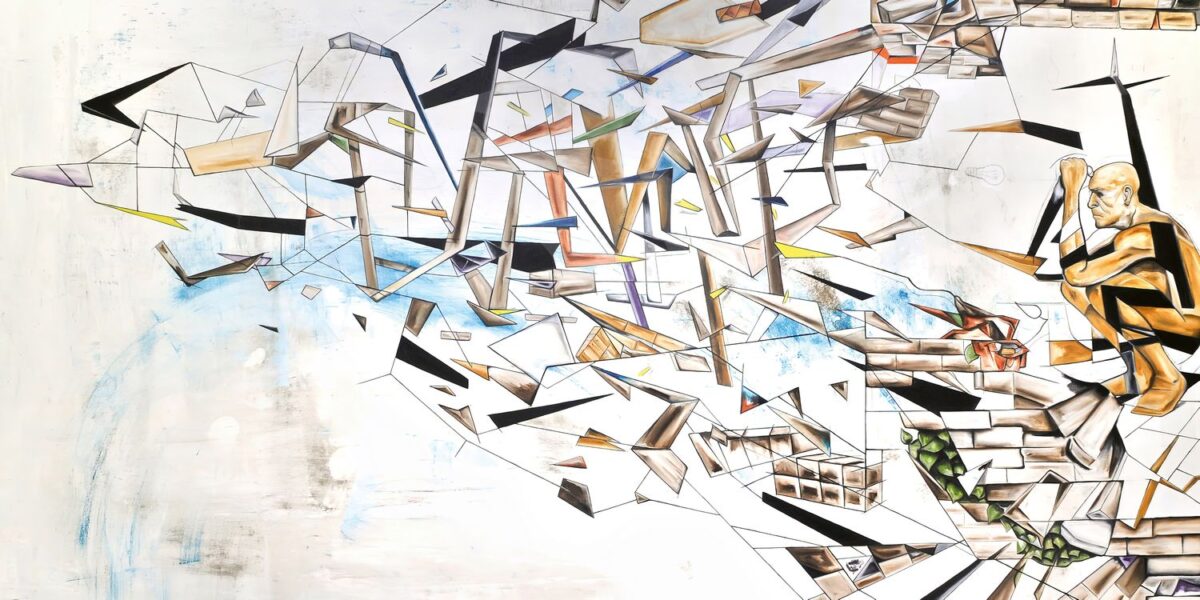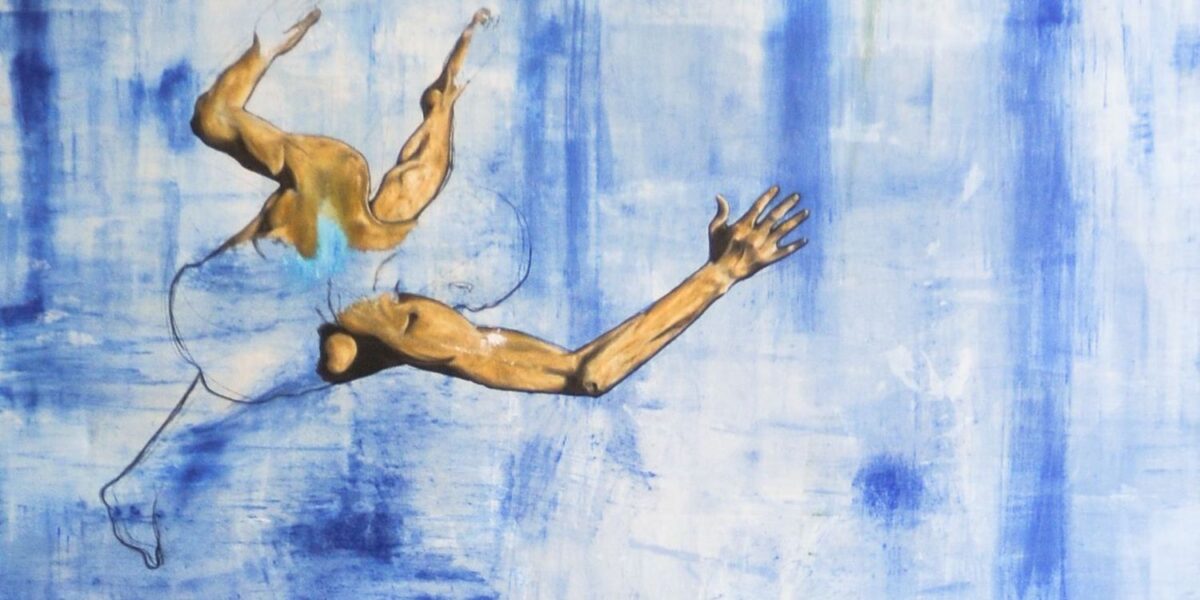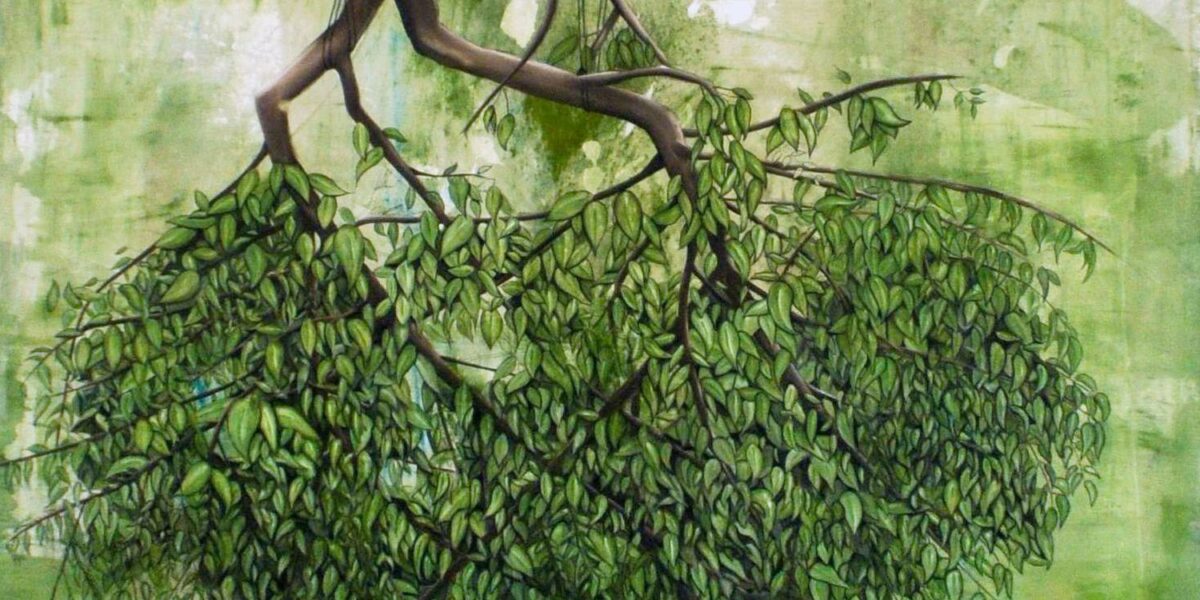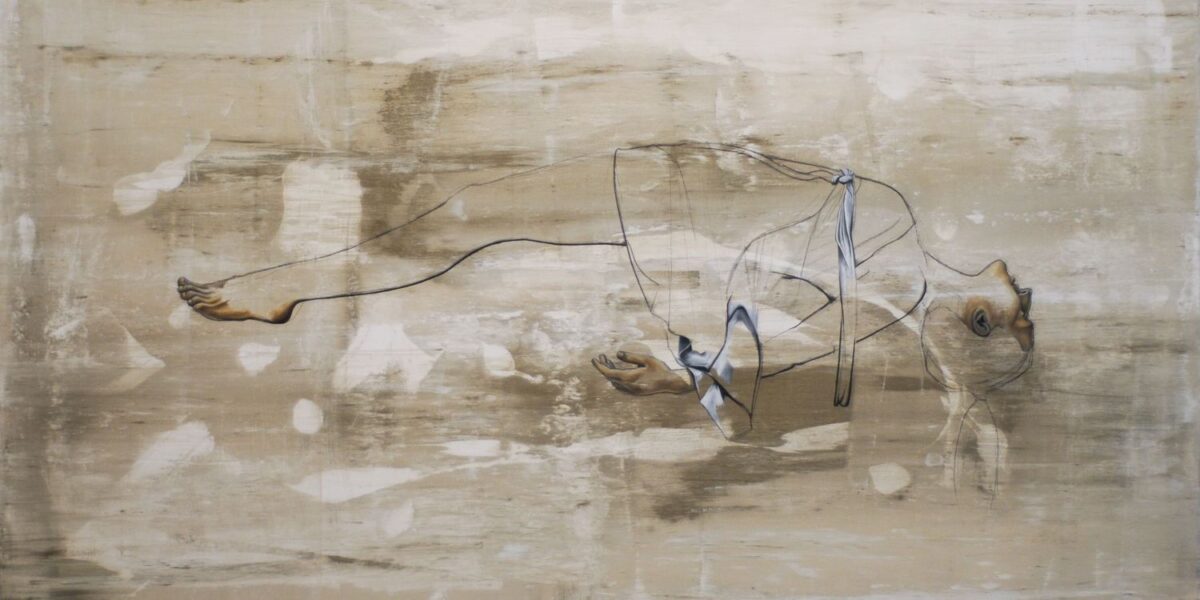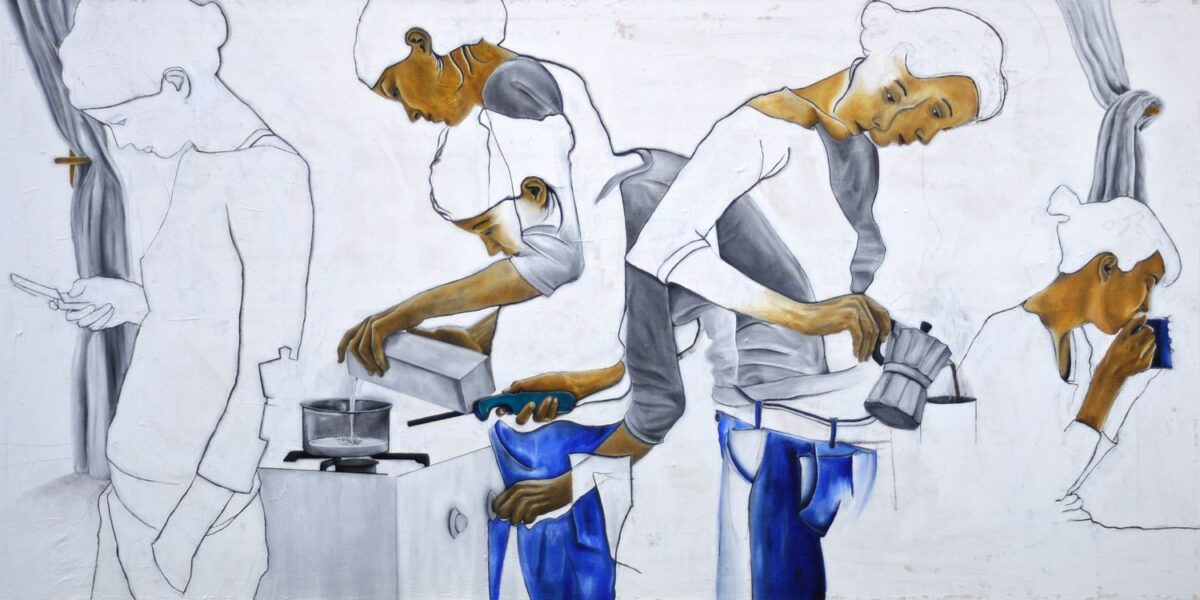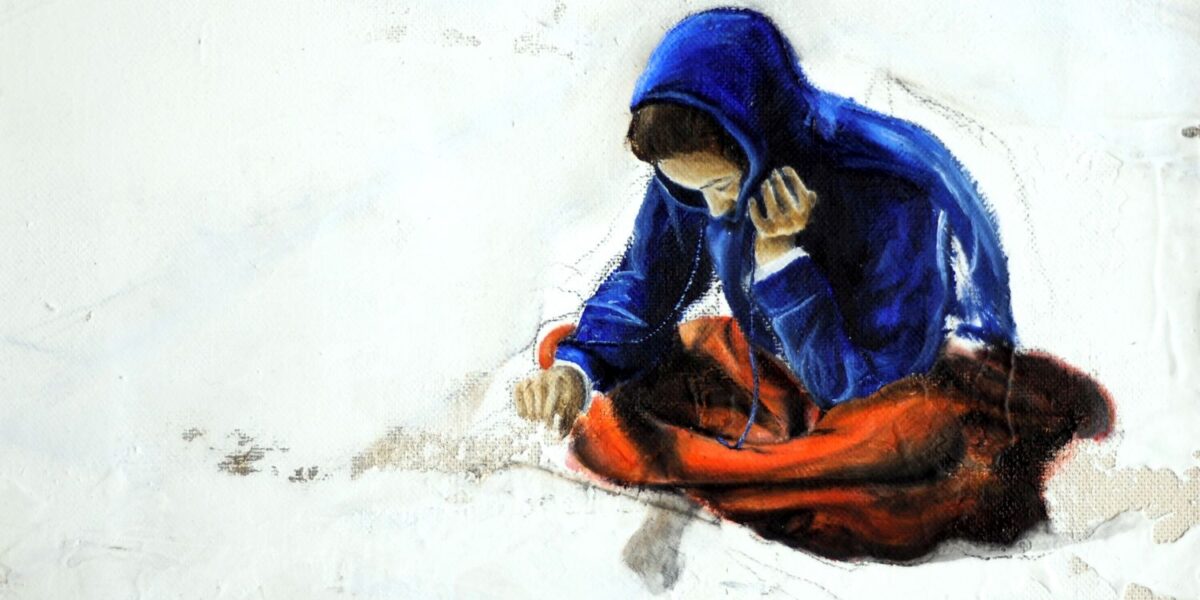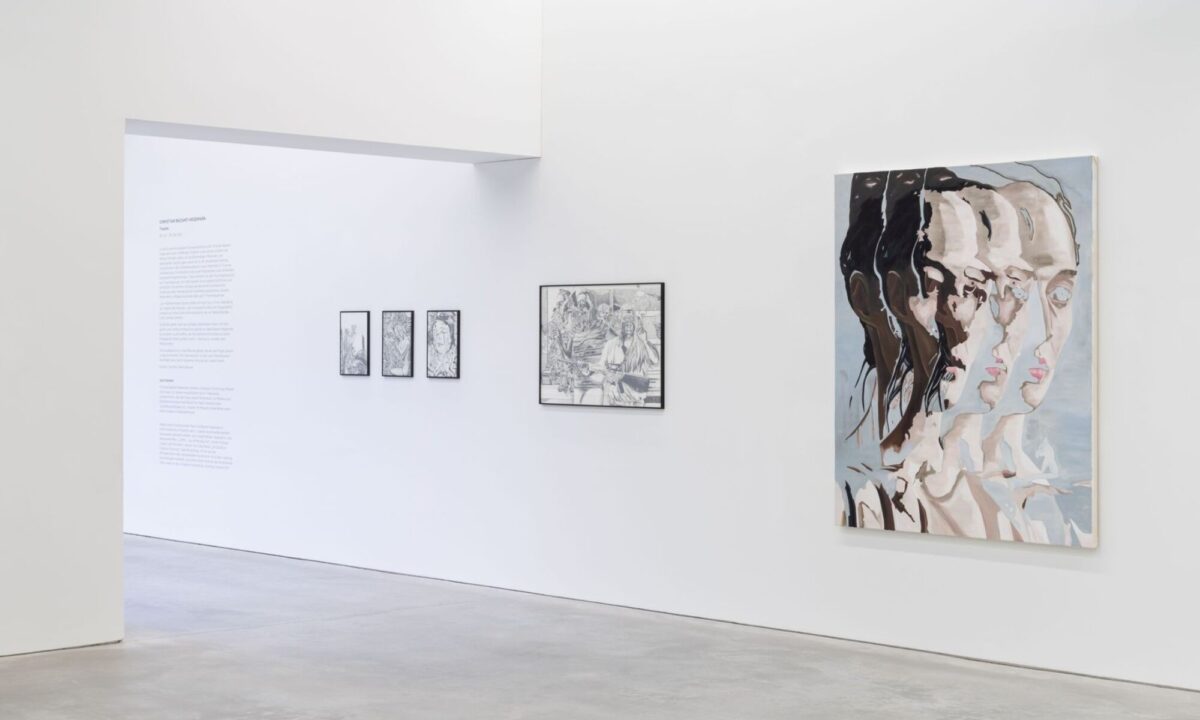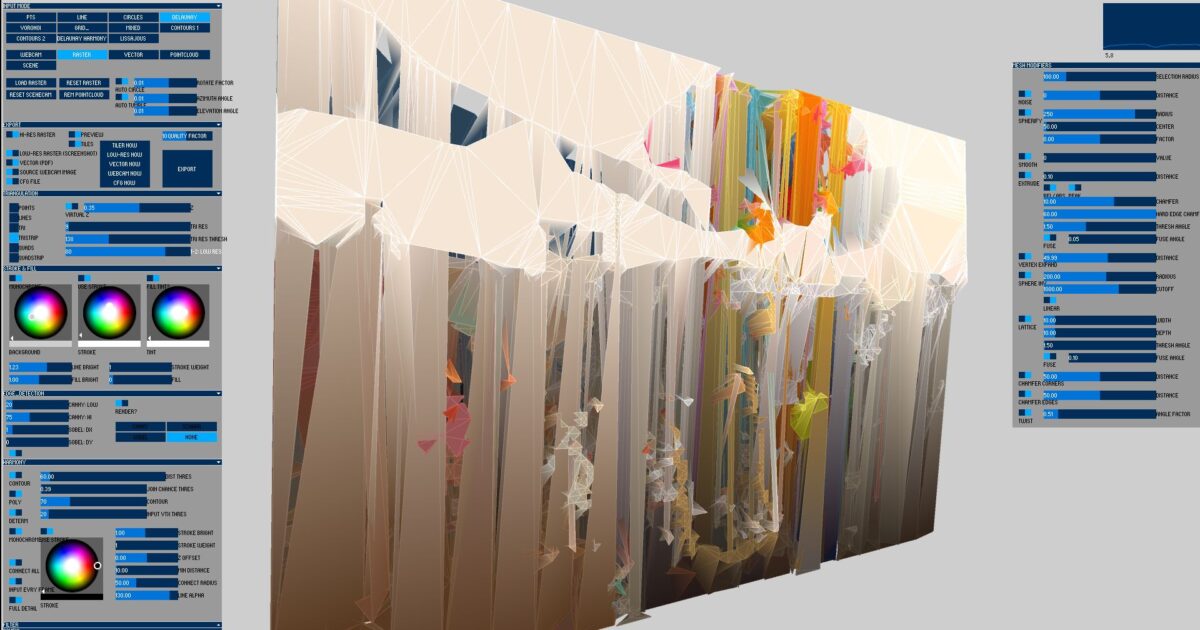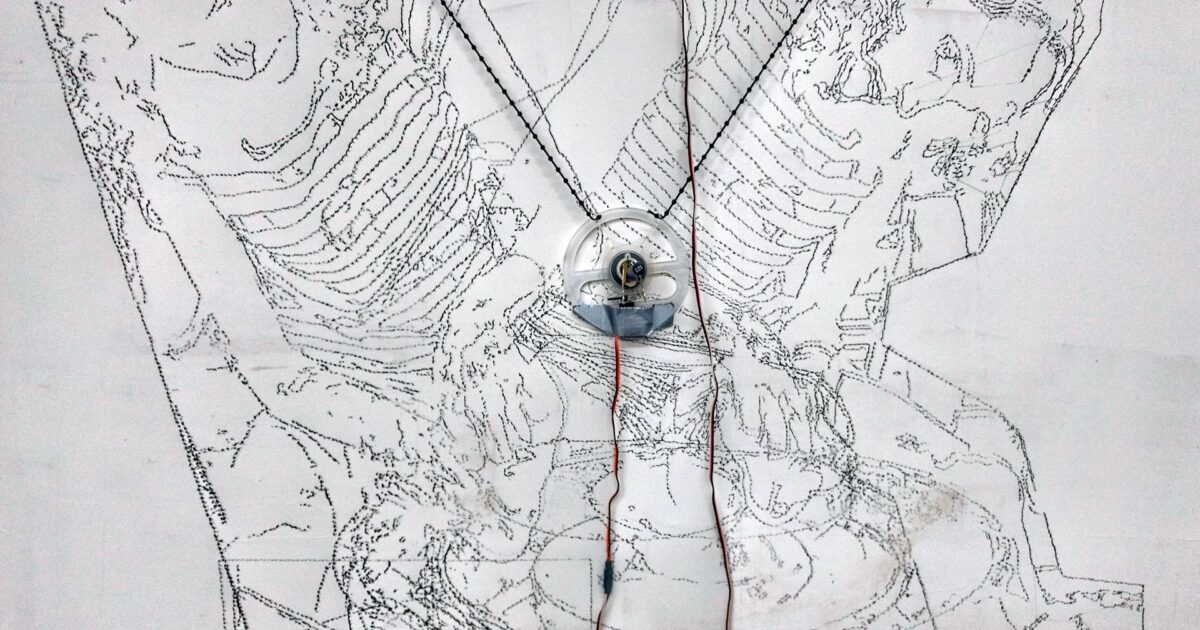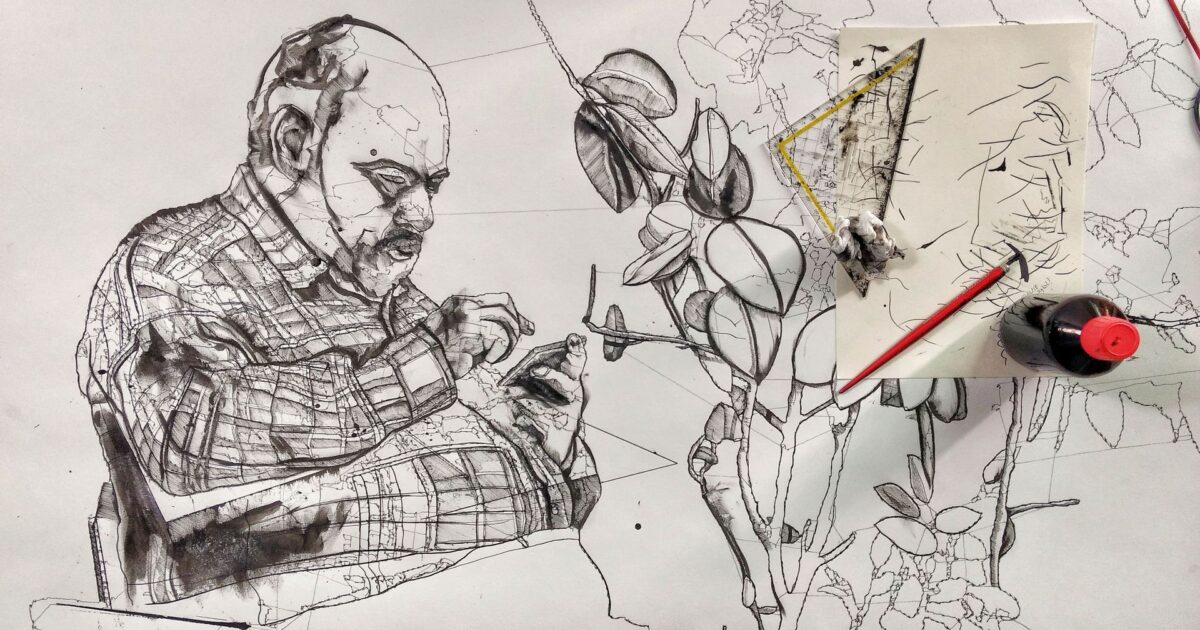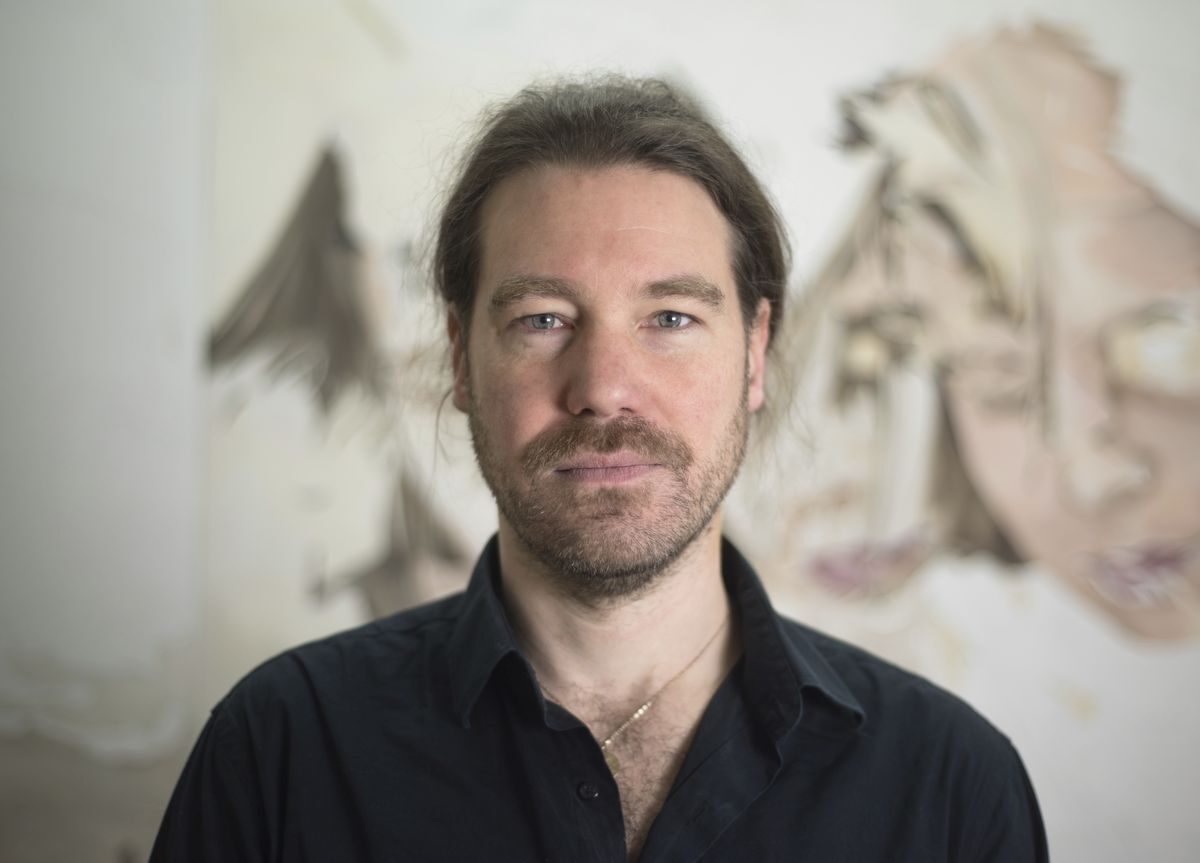My art shows people who want to find a place in the world – with a special focus on trauma survival and recovery. This includes various topics of consciousness: from dream interpretation to psychoanalysis, from individual to social and political dynamics – including various modes of self-help and spirituality. My work repeatedly focuses on psychological symptoms: body dissociation, depersonalization, amnesia, fatigue, compulsions, etc.
Such symptoms often cannot be clearly depicted apart from clichés, because they neither exist in, nor offer clear imagery: the truth of a person is not merely revealed by their surface. Certain of my works therefore appear to show everyday scenes: someone may be sleeping, pottering, planting, fishing; the images do not articulate the reason for these actions, or the degrees of consciousness that motivate them – but they often appear symbolically charged.
